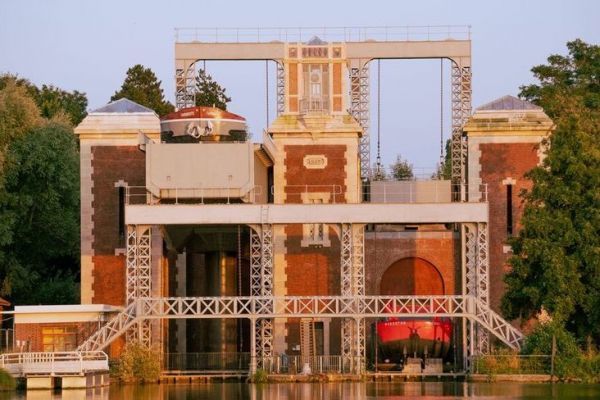The Fontinettes boat elevator, located in the commune of Arques, was an important witness to the prosperous years of river-sea traffic, representing a remarkable technological advance in its day. Restored in 2023, it is now open to the public.
A little history
Since the Middle Ages, the River Aa has served as a link between Gravelines and Saint-Omer. The canal route passes through the town of Arques, where a 13-metre high hill must be surmounted to reach the Aa valley. Initially, a series of locks with 5 superimposed lock chambers was installed, but with increasing traffic, waiting times of 5 to 6 days, sometimes blocking a hundred boats, had become commonplace.
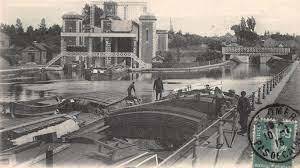
To remedy this situation, the decision was taken to build a boat elevator. In 1878, a mission was sent to England to study the Anderton installation, completed three years earlier. Its designer, engineer Edwin Clark, was asked to reproduce a similar machine, in collaboration with engineer Bertin. This project was carried out between 1883 and 1887, and the following year, the Fontinettes boat elevator was commissioned.

Archimedes, or the two-piston balance
The elevator comprises two Freycinet-gauge metal basins, 39.5 meters long, 5.6 meters wide and 2.4 meters high, each designed to accommodate a barge. One of the basins is intended for the upper canal, while the other is reserved for the lower canal. Each basin rests on a piston 15 meters long and 2 meters in diameter, immersed in a cylinder filled with pressurized water. These two pistons are connected by a network of valves.
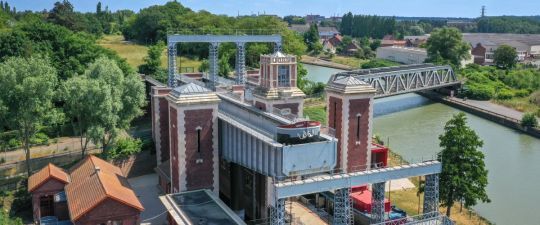
As more water is introduced into the upper caisson, it becomes heavier than the lower caisson, causing it to sink and pushing water into the cylinder. When the valve is opened, the water flows into the second cylinder, pushing the piston which raises the other tank. The control cabin is located at the top of the central tower.
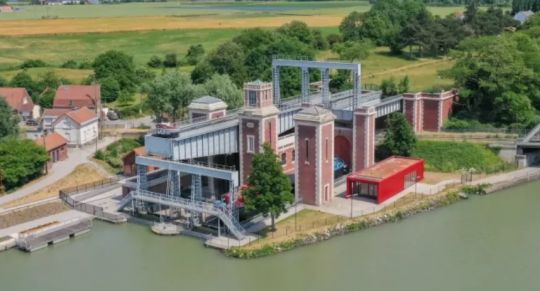
At the end of the basins, metal gantries are used to close their doors and those of the canals. A system of rubber bags inflated with compressed air ensures the watertightness of the caisson. The complete movement of the elevator takes 1 hour and 15 minutes, while the maneuvering of the barges takes around 20 minutes. A team of 6 people was responsible for the daily operation of this engineering structure.
Almost 1 century of movement
In 1958, the canal's gauge was changed to accommodate the increased tonnage of barges. A new lock was built to compensate for the difference in level and allow the passage of 8 barges per hour. As a result, in 1967, the plant was decommissioned and blocked by concrete cast into the pistons.
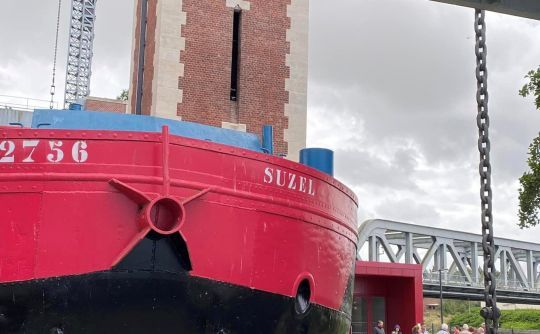
The boat elevator is considered one of the great achievements of the industrial era in France. It was listed as a Historic Monument in 2014 and underwent restoration, which was completed in 2023. Open to the public, guided tours are offered from March to October.
